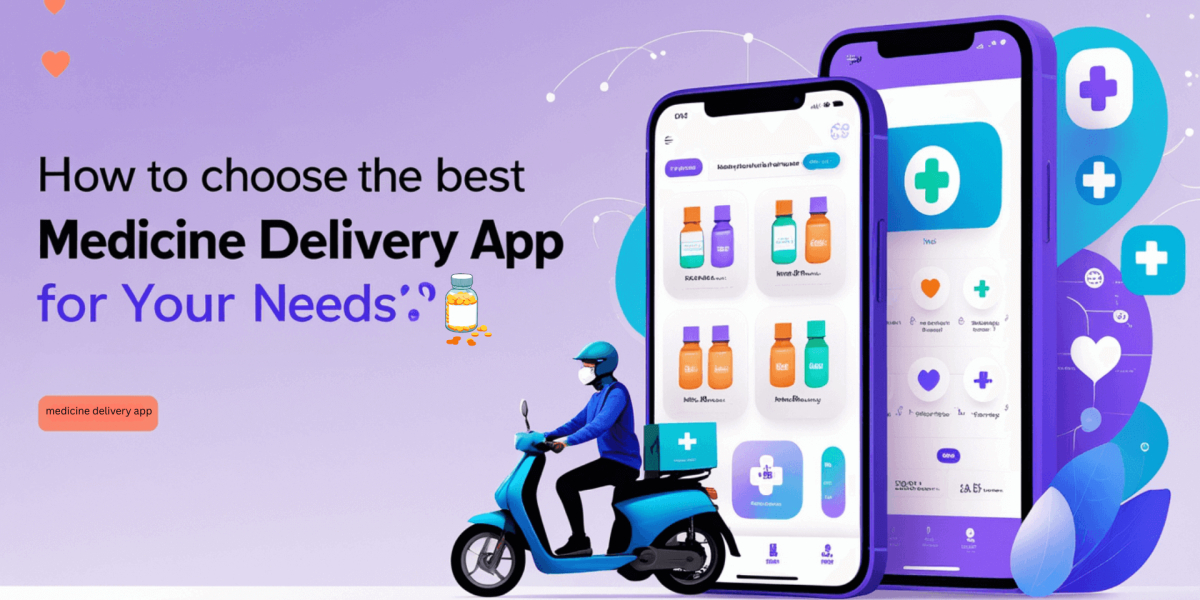Use The Right Video Monetization Strategy To Establish a Successful OTT Career
- By Saravanan
- 07-07-2021
- Digital Marketing

The mainstreaming of internet services has popularized videos like never before. Video streaming is no longer limited to consumption and branding of content but also steers its marketing in ways that translate to a lasting business opportunity, further amplified by the increasing number of consumers or subscribers over the past few years.
The video consumption patterns inadvertently suggest a spike in the Video-on-Demand revenue which reached an estimated 61 billion US dollars in 2020 as per reports by Statista. This only drives the fact that active collaboration between the right business model and the best technology can set the stage for successful, long-term streaming services.
Methods of Video Consumption
With the advent of modern live-streaming platforms, there has been a stark shift in how video is consumed. Two of the most common being Video-on-Demand (VOD) and Over-The-Top (OTT).
Video-On-Demand or VOD allows viewers to watch video content whenever and wherever they want at the click of a button or tap on a touchscreen. You can pause, rewind or fast-forward your video and also restart a video from where you left it last which saves searching through a whole menu. In other words, it grants user control over the content he/she chooses to consume. Netflix is a chief example of a VOD based streaming platform.
Over-the-top or OTT distributes video and film content directly to the user at his/her request. The content cannot be downloaded or stored offline but rather can be accessed live. However, the live content can be made into a VOD later if it stays online for future viewing.
What is video monetization?
Videos published online garners a good income for being viewed, downloaded, or subscribed to. A video monetization strategy works out the best possible way to earn more bucks through video streaming and generate revenue for investing in more advanced structures.
This may include inserting ads or sponsors, plugging ‘suggested’ content links, creating a time-bound subscription model or adding review segments of the concerned product or service.
Here are some ways videos can be monetized:
1. Subscription video on demand (SVOD) receives a recurring fee from users to access the content. Hundreds of videos can be accessed an unlimited number of times using this model via a flat-rate quarterly, monthly or annual subscription plan.
Pros:
It is one of the most profitable ways of generating a steady income through a dedicated user base. The estimated revenue is expected to grow by leaps and bounds in the future.
Cons:
Different access levels at various price points limit the content and may restrict instant engagement from a huge audience base which may impact the revenue generation.
2. Transactional video on demand (TVOD) allows you to pay only for what you watch which means access or download of each piece of content generates income.
Pros:
This Pay-per-view format is more sustainable than other models.
Users gain access to stream events live such as sports, concerts, conferences, etc. as they occur, some of which even come with an online ticketing system.
Cons:
The payment is typically a bit more owing to the first run-right of the user.
The revenue generation is typically less as compared with subscription-based models.
3. Advertisement based Video-on-Demand (AVOD) uses ad revenue and in turn, offers free service to its consumers. The cost for ad placement is based on the audience size. YouTube is an example of this model.
Pros:
It is easy to set up and has less obstruction at the entry level.
The ad-supported free content encourages a larger amount of audience, which the more revenue is generated through this model.
Cons:
AVOD generates lower amounts of revenue than SVOD and TVOD.
Freemium model
Businesses such as Apple/iTunes use this model which allows customers a free download of the software as the music one wishes to stream can be saved and stored in a personal library. This method implores more and more customers to log onto the app and buy movies or music that in turn, helps boost the sales of the iTunes store.
Hybrid video: It is the combination of benefits offered by all the aforementioned models. It is also open to customization. It is best suited for a diverse user base with varied interests who want to access different types of content.
Things to factor in
While monetizing video content, it is imperative to be informed about your audience and the potential base to strengthen your business and meet your goals.
When you use an ad-based model, choose and place your ads in a way that aligns with the kind of content you are hosting whereas for a subscription model, select content that would engage and entertain users for a long time.
How does OTT reap profits?
OTT platforms rely on various revenue models which help generate profits for their businesses. Similar to Video-On-Demand, OTT revenues can be attributed to advertising, subscription services spanning either quarterly, monthly, half-yearly, or annually and pay-per-view models. Even though these models fetch a significant profit to the OTT, the rising demand and the evolving pattern of content creation and consumption require them to be inventive and undergoing constant upgradation.
Apart from these, there are device-specific choices too which open up different revenue outlets. For instance, a ‘Mobile-only’ subscription at a nominal rate might just reach more users than a ‘PC-only’ method which may invite those who happen to own a desktop or a laptop. Similarly, there are genre-specific channels offered by some services which create a niche audience base.
There are streaming services that offer a shared account and can be used by more than one person. This helps further distribution and makes the numbers through ads, linked content and an increased viewership through more shares. Besides recommendation-based watchlists driven by algorithms, offline viewing of content is increasingly becoming a good option to market your OTT service.
Bottomline/ Key Takeaway
Choosing the right video monetization for your streaming business requires the right approach that addresses your objectives and helps meet both your short and long-term goals. A well-fleshed-out plan and registering responses through detailed research and survey methods help expand your business potential. If one model looks limiting, a permutation and combination of aspects of different models can be beneficial for your monetization strategy. Hire top app development companies for your IT needs.


.jpg)
.jpg)

